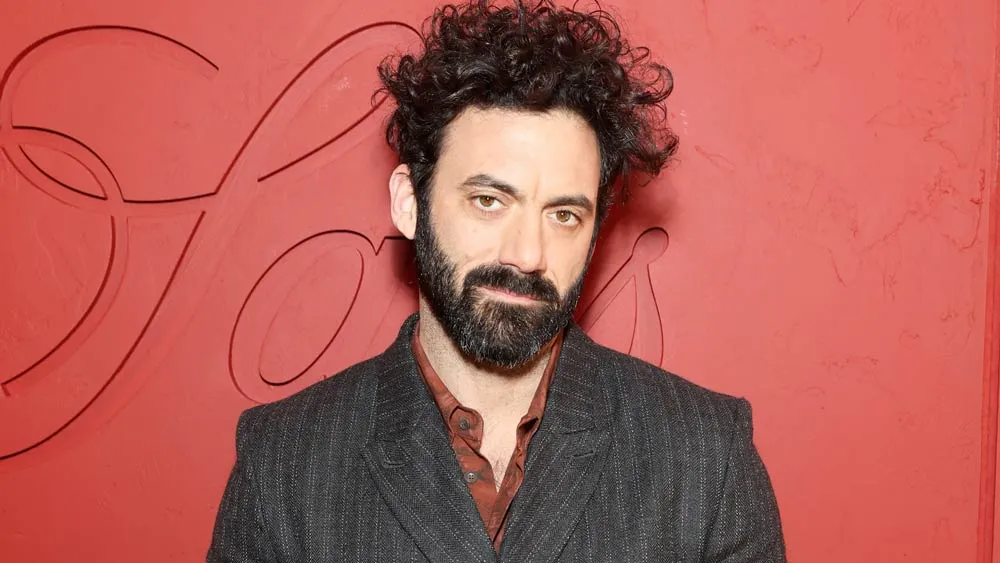April 17, 2015
Monkey Kingdom
Michael Cox READ TIME: 3 MIN.
The extraordinarily beautiful cinematography of "Monkey Kingdom" begins with the morning mist rolling over an abandoned city in the jungles of Polonnaruwa in Sri Lanka. The magical, real-world photography alone is reason to see this film in the theater.
Here, the reddish-brown-coloured Old World monkeys at the center of this story, called toque macaque (Macaca sinica) and endemic to Sri Lanka, are named for the toque-shaped whorl of hair on their heads. This cute, crazy looking, bowl-like "hair cut" gives these monkeys a humorous appearance even when they're vicious and mean.
Maya is a lowly female monkey who lives in a pack of toque macaque ruled by the rancorous Raja, a cruel leader. But Maya meets a nice male monkey, a nomadic adventurer, and she has a son, Kip. The child's father disappears, apparently because of Raja's jealousy, and Maya is left to fend for the loveable little baby by herself. But a society of catty females, the favored mates of Raja known as The Sisterhood, does not make the single mother's efforts any easier. They beat her and steal her child when she tries to claim the favored food.
After the monkey's home (known as Castle Rock) is overrun by a tribe of neighboring monkeys, led by the villain Lex (a leader whose face is brutally scarred from multiple battles), the group must learn to cooperate to reclaim their home.
Beginning with "Earth" in 2007, Disneynature and director Alastair Fothergill have brought us eight nature-based feature films. (Fothergill has directed six of these, and "Monkey Kingdom" is co-directed and produced by Mark Linfield.) They are documentary in genre (as they use real-life footage of actual events), but they are absolutely fictional in the family-friendly stories they tell.
Most recently, "Bears" took us to the coastal mountain ranges of Alaska to show us that families come in all shapes and sizes even as a single mother and her two brown bear cubs.
Disneynature, an independent film label of Walt Disney Studios, is one of the most artistically marvelous divisions of the Disney Corporation (and this is an institution known for its creative achievement).
Naysayers may dismiss this film as formulaic and feel-good, but what is amazing is that camera people sent into a remote jungle can capture enough high-quality footage to craft a formula. And make no mistake; the values of this movie reflect middle-class American culture far more than they expose any insight into the realities of nature.
The subtle, empowering themes at the core of this latest Disneynature film are heartening and certainly something to share with our children (much more politically correct than stories of princesses).
These are not the adorable little pets we have come to know in animated movies. They are a warlike, survival-of-the-fittest culture, a monarchy of patriarchal primate. Here, female mates live in a harem to their leader, and the sovereign can claim any female he wants from the troop, regardless of her status.
But the film's narrator, Tina Fey, lets us know early on that this particular fictionalization will be the story of a female who fights the system to overcome all odds. Contrary to what usually happens in nature, Maya, the protagonist, will rise from the ranks of "untouchables" to become the new queen of the monkeys -- and (somehow, remarkably) the father of her children and new ruler will be willingly monogamous.
With Fey voicing this narrative we are willing to believe that a woman can to anything she puts her mind to. The brilliant comedian never becomes cartoonish but maintains the strength and humor for which she is known.
Though I can't wait to see the behind-the-scenes features on the Blu-ray release, the sumptuous landscapes and detailed close-ups in this feature should be experienced on the big screen.
You will also want to get out and see this film early, as a portion of the opening box office receipts will be donated to Conservation International, an institution that protects wild places and finds global solutions to problems of a global ecology. It's a great cause and an effort we should all be supporting as we are all contributing to environmental issues.


